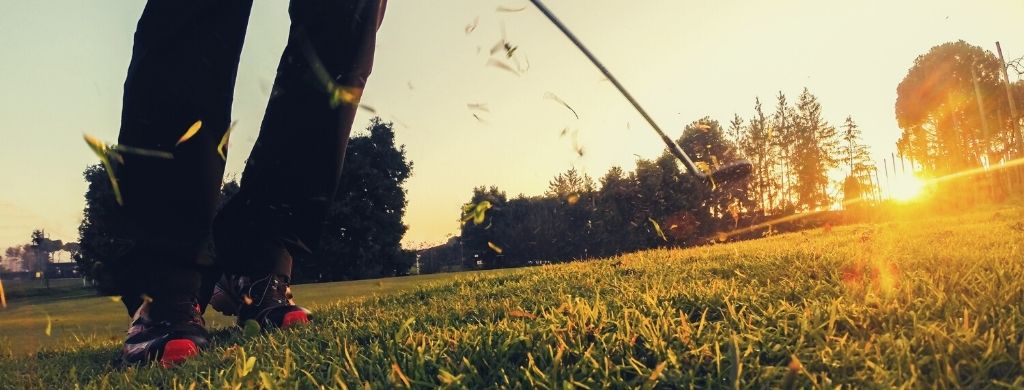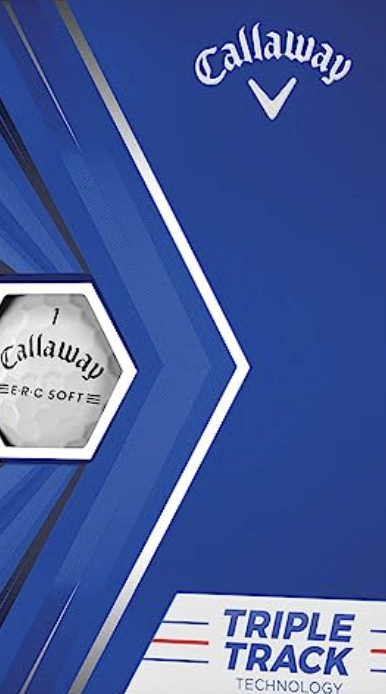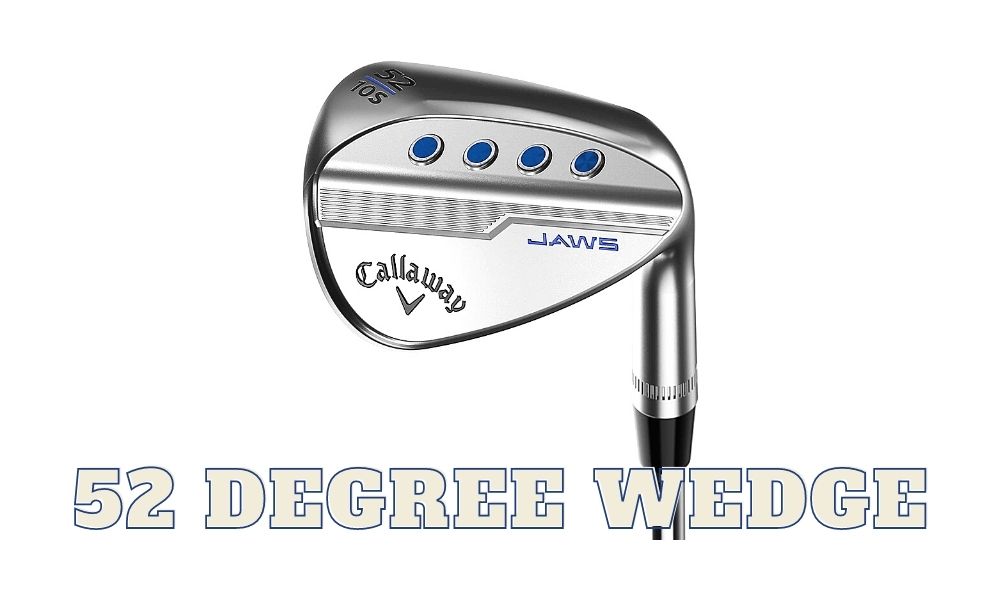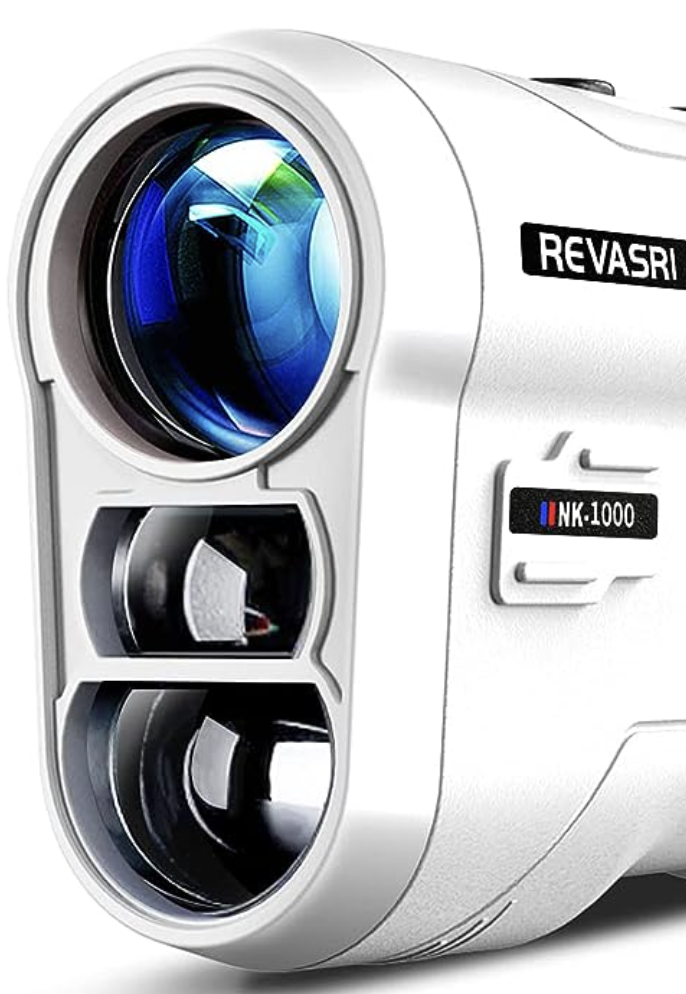What Is The Average Distance For 52 Degree Wedge?
When it comes to golf, most people know there is more to the game than just hitting a ball with a stick. One of the most critical aspects of the game is using the right club for each shot.
This is where wedges come in – they help players escape difficult situations, like sand traps and rough terrain. But, just how far should you hit a 52-degree wedge? What is the average distance for a 52-degree wedge?
The simple answer is that there is no definitive answer. It all depends on the situation and the player. However, some general guidelines can be followed to ensure you make the most of your shot.
In this blog post, we will take a look at some research that has been conducted on the subject. So, if you are looking to improve your golf game, make sure to keep reading!
What Is The Typical Distance 52-Degree Wedge?

The average distance for a 52-degree wedge is around 100 yards. This can, of course, differ depending on the individual golfer’s strength and skill level.
For amateurs, it is suggested that they use a 52-degree wedge within 130 yards of the hole. From there, they can adjust their clubs accordingly.
When it comes, professional golfers tend to have a bit more leeway with their club selection. For instance, a pro golfer could use a 52-degree wedge when they are anywhere from 120-160 yards away from the hole.
It depends on the situation and how comfortable they feel with their shot. Also, it is essential to remember that this number can vary depending on the individual golfer’s strength and skill level.
Amateurs should use a 52-degree wedge within 130 yards of the hole, while professionals could use one anywhere from 120-160 yards away.

of Callaway ERC Triple
Track Golf Balls for
yourself or your buddy!
What Is A 52-Degree Wedge?

A 52-degree wedge is a golf club that hits shots from close, around the green. It is also known as a gap wedge because it fills the gap between the pitching wedge and the sand wedge.
Gap wedges are played by many different golfers regardless of their handicaps. Some other names that gap wedges go by are G wedge, A (approach) wedge, and D (dual) wedge. The loft angle is the main difference between a gap wedge and other wedges.
A gap wedge has more loft than a pitching wedge but less loft than a sand wedge. This extra loft makes hitting high, soft shots from tight lies easier.
When shopping for a 52-degree wedge, paying attention to the loft is important, as some manufacturers offer gap wedges with less loft (50 degrees).
What Is A 52-Degree Wedge Used For?
A 52-degree wedge is most commonly used to fill the gap between a pitching wedge and a sand wedge. Golfers with a 52-degree wedge typically have a pitching wedge that falls between 47 and 48 degrees on the loft scale.
52-degree wedges are less common than their 50-degree counterparts because most golfers’ pitching wedges fall somewhere between 44 and 46 degrees of loft.
A 6 to the 8-degree gap between clubs can be too much for some golfers, which is why the 50-degree option is more popular.
A 52 can also be used for full shots from the fairway or chip strokes around the green, where both height and roll are desired. Like a 50-degree wedge, it may also be utilized for full shots from the fairway or chip strokes around the green.
When the additional roll is needed, but the loft is not as big of a concern, a 56-degree wedge might be brought into play.
However, such a club might not provide the same level of rollout as a gap wedge. For this reason, the 52-degree option remains a favorite among many golfers.

and apparel.
gear, accessories and apparel. (affiliate link)
Can You Use A 52-Degree Wedge In The Sand?

Golfers often find themselves in sand bunkers, and while it may seem like a difficult shot to get out of, it is possible to use a 52-degree wedge.
Yes, you can use a 52-degree wedge in the sand. It will help you get the ball out of the sand and onto the green. The key is to choose the right type of wedge for the sand bunker you’re in.
For bunker shots with a gap wedge, there are two different kinds of bounce that can be effective: low and high. Low bounce helps hit the ball out of heavy sand bunkers, while high bounce is better for softer sand bunkers.
Ultimately, it’s up to the golfer to experiment with different degrees of bounce to see what works best for them. A 52-degree wedge can undoubtedly be used for bunker shots, and it may even be the perfect tool for the job, depending on the conditions of the sand.
In another article, you might want to check out the comparison of lob wedge vs sand wedge where we discuss when you should use them.
Is A 52-Degree Wedge Suitable For Chipping?
A 52-degree wedge can be a good option for chipping, depending on the golfer’s swing and preferences. They offer great versatility and usually don’t require too big a swing to hit the ball the right distance.
There is no definitive answer, as it depends on the individual’s swing and preferences. Some golfers prefer a higher degree wedge for chipping, as it gives them more loft and thus a softer landing. Others find that a lower degree wedge gives them more accuracy and control.
The video below shows how you can chip using a gap wedge.
Which Are The Best 52 Degree Wedge?
When choosing the best 52-degree wedge, there are a few things to consider. If you’re a beginner, you might want to look for a wedge with more forgiveness. But if you’re an experienced player, you might prefer a wedge with precision.
There are a variety of wedges on the market that perform differently depending on the golfer’s swing and preferences. That said, some wedges that are popular among golfers include:
- Callaway Golf Mack Daddy 5 JAWS Wedge (Best For Experienced Golfers)
- TaylorMade Golf MG2 Wedge (Alternative For Experienced Golfers)
- Titleist Vokey SM8 Tour Chrome Wedge (Best Premium Option)
- Mizuno T22 Golf Wedge (Notably Mention)
- WILSON Harmonized Golf Wedges (Value For The Money)
- Pinemeadow Golf Pre Wedge (Best Budget)
Should I Get A 52-Degree Wedge?
If you are looking for a wedge that can offer you more distance, then the 52-degree wedge may be a good option. This is because it gives you more loft than a traditional pitching wedge, which can help you get the ball into the air and onto the green.
However, it is important to note that the 52-degree wedge may not provide as much control and accuracy as a lower lofted wedge.
Ultimately, it is up to the individual golfer to experiment with different wedges to see what works best for their game.
For example, a 52-degree wedge can be an excellent option for those looking for more distance, but it may not be the best choice for those seeking more accuracy and control.
Is A 52 Or 56-Degree Wedge Better?
There is no definitive answer to this question as it depends on several factors, such as the type of terrain you are playing on and your personal preferences.
However, a 56-degree wedge may be better for those who want more forgiveness on off-center hits, while a 52-degree wedge may provide more control and precision.
The debate on whether a 52 or 56-degree wedge is better has been ages, and it depends on what the golfer is looking for. The 52-degree wedge will travel further, but the 56-degree wedge will fly higher and land softer.
It takes some time and feels for a golfer to learn which loft works best for them in different situations. Generally, the higher lofted wedges land more softly and don’t roll as far.
Conclusion
When it comes to hitting a golf ball, the angle of your club face is everything. Using a 52-degree wedge, you can expect the average distance from 85 to 160 yards. Of course, this will vary depending on your strength and the condition of the green.
But if you’re looking for a general guideline, aim for the middle of the green, and you should be in good shape. A well-struck ball with a 52-degree wedge will land softly and stop quickly, making it an ideal choice for approach shots and around the green.
So next time you tee off, don’t be afraid to reach for that trusty 52-degree wedge. It just might be the perfect club for the job.


